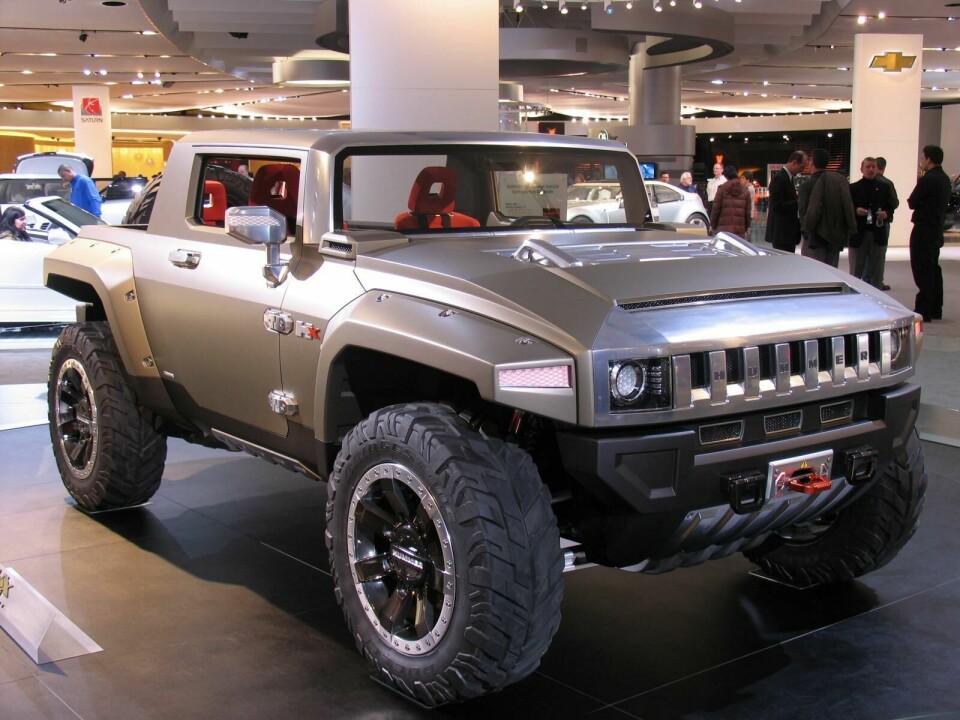
Detroit Auto Show 2008 Trends and Overview
The biggest news in car design at the Detroit Auto Show this year was how the world’s SUV brands are all exploring the prospect of smaller vehicles for their ranges









The biggest news in car design at the Detroit Auto Show this year was how the world’s SUV brands are all exploring the prospect of smaller vehicles for their ranges. But that’s not all. We also saw more crossover vehicles take to the show floor, new color & trim treatments and a shift in truck design from two of the ‘Big Three’.




Land Rover’s LRX is an explicit signal that the firm wants to introduce a small sporty crossover SUV product within the next couple of years, presumably pending go-ahead from its new owner. The HX suggests that the Hummer brand intends to introduce a more compact and sporty open-roofed SUV - more in the mold of the Jeep Wrangler than previous Hummers - and Jeep showed the Renegade, another compact, two-door off-roader that suggests the company is looking at a similar type of production design based on a shortened version of the Compass platform.
Each of these three introduces new design directions as well as new product typologies, and each references the functionalist aesthetic of their ancestors. This is also what Mercedes-Benz did in Detroit when it presented the GLK in light show car guise. Like Land Rover, Hummer and Jeep, Mercedes is well known for its SUVs and has, with the 1979 G-Wagen (née G-Class), an iconic design for the new car to reference. And just like the afore mentioned brands, Mercedes is also extending its SUV range downwards with this new vehicle.
At the other end of the scale, both Ford and Chrysler showed new versions of their stalwart full-size pickup trucks with the heavily revised F-150 and redesigned Ram. Both products remain cash cows for their brands, but increasingly it is the higher specification versions that are maintaining sales targets and generating revenue. This is reflected in the more car-like sophistication and premium features in these new designs. Chassis runners covered by the body side, tighter panel gaps, electrically retractable running boards, and a wider variety of increasingly plush trim levels and luxury equipment are the biggest news with these two.
But with the exception of the Ford Explorer America concept and Honda Pilot concept, two strong but conventional monocoque SUV designs, almost all of the new four-wheel-drive products were crossovers. As well as the new baby crossover concepts detailed above, there was the Toyota Venza, Saab 9-4X concept and Cadillac Provoq concept. All of these show how the market is shifting towards the tall, tough and slightly ‘lifestyle’ SUV-crossover type of car as a new mainstream format.
The Toyota as a production design is most significant as it defines the new North American market compact crossover so exactly and introduces a new form language for the brand. The flowing lines, which hook back upon themselves and are echoed in other feature lines around the car, are similar to the decorative surfacing on the new Volkswagen Passat CC.
Mazda’s Furai concept was different again, but also featured a strong decorative surface treatment with its latest iteration of ‘flow design’. If ever there is a topic likely to polarize opinion amongst car designers, then it is the use of surface decoration - we heard strongly held views from several renowned designers speaking for and against this trend in Detroit. In general, it was the older designers who were critical of this, seeing it as superficial and unnecessary, while younger designers were more inclined to think that it added value to the design.
Continues →




